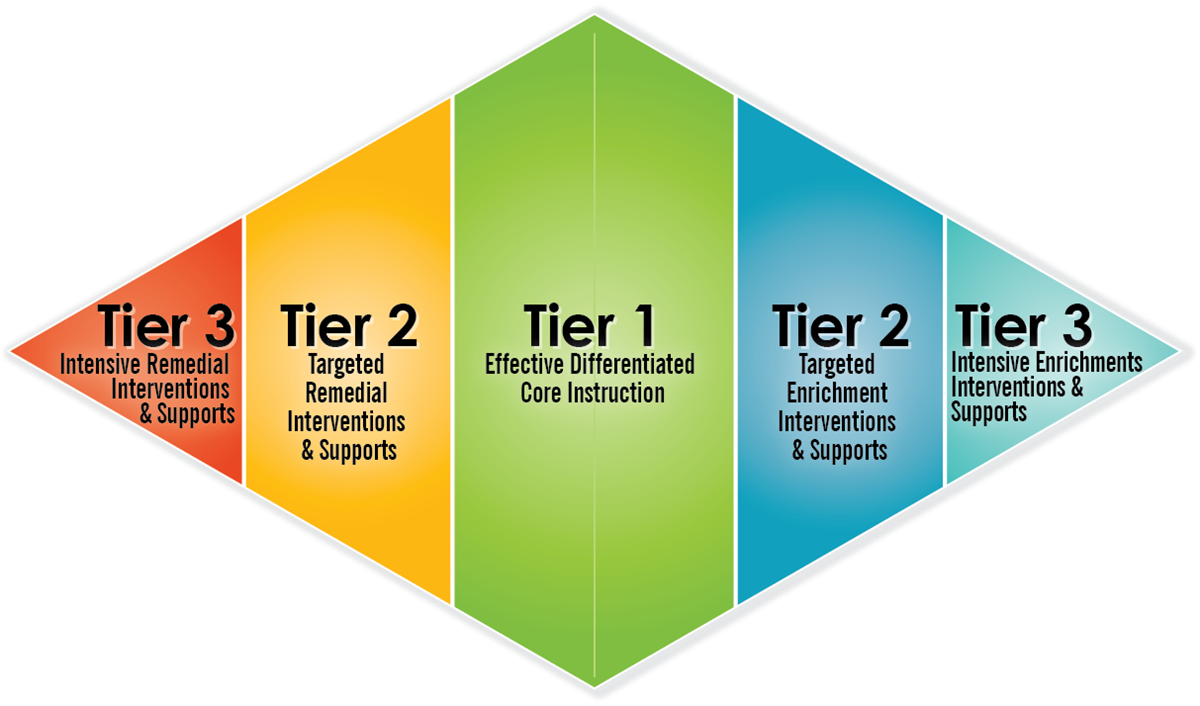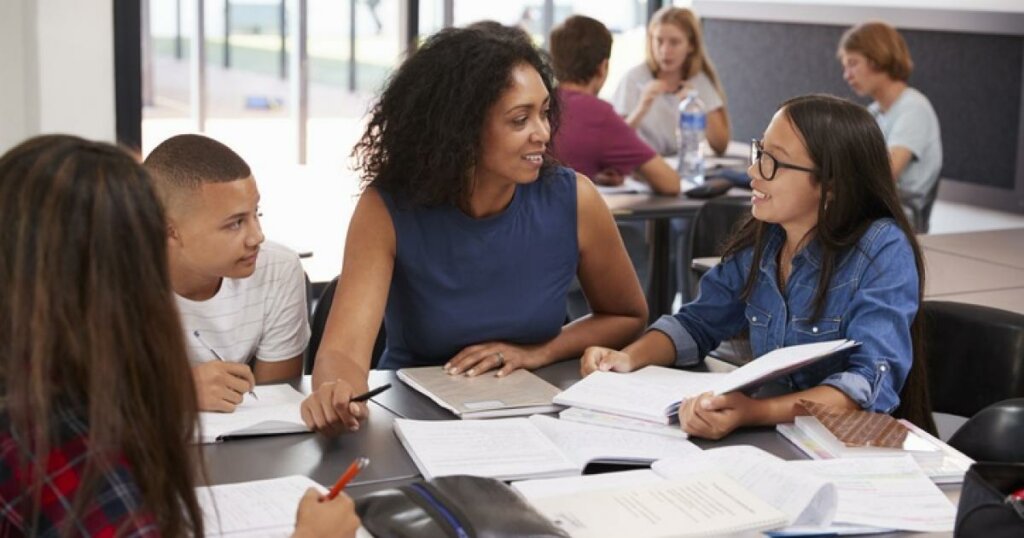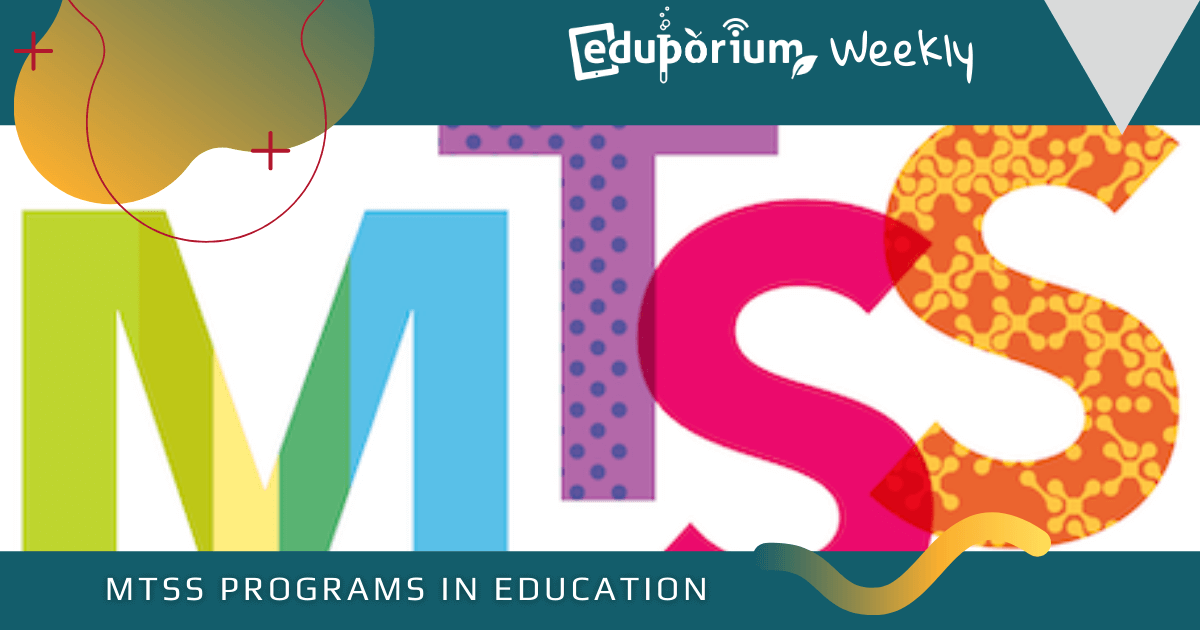Many students learn in so many different ways, including having done so remotely for a long time. Some of them are independent learners while others often need detailed guidance and monitoring. One instructional approach that instructors find effective in certain situations is a multi-tiered system of support (or MTSS). A multi-tiered system of support is an instructional framework that has three separate tiers. These children all receive instruction and support on a general scale in this first tier and this will increase in personalization as needed. Teachers then use that data and assessments to make informed decisions about what each child needs at each phase—either research-based instruction, targeted intervention, or intensive intervention.
MTSS Best Practices and Getting to Know It
Unless MTSS models are active in your school or district, you may not know exactly what this is. An MTSS model is typically used in intervention for students or a group of children, although it's different from typical response to intervention (RtI) protocols. Some state education leaders have developed MTSS requirements and guidelines over the last few years—something that helps provide quality instruction to the children who need it in all tiers. An MTSS is a little more comprehensive than RtI since it emphasizes in-depth instruction at multiple levels. It may even involve both kids who are excelling and who are struggling. It’s also typically a general initiative that helps educators align support at the classroom, school, and district levels.
When implementing an MTSS model, there is a deeper collaboration among general education and special education teachers. They typically work closely to identify students who may need to transition to a special education program and those who should be okay within a general education setting. This is usually based on how they respond to multi-tiered instruction. It begins with general education teachers first learning how to differentiate or scaffold instruction to accommodate various types of children. Then, paraprofessionals, reading specialists, or special educators will provide more personalized, supplemental support in Tier 2. All added support is designed for kids who struggled in Tier 1 with explicit instruction and guided practice.
MTSS programs are common in the early grades as they help educators determine if students need special intervention. They'll often use comprehension, vocabulary, and writing activities like formative assessments to guide their instructional decisions as well as whether or not to offer any special attention. With struggling children, an MTSS approach might include significant intervention time with smaller group instruction that’s more personal and self-paced. If a student has certain weaknesses, they may receive additional support to directly address them or transition to smaller classes. For students with grade level abilities, they could still receive grade level instruction embedded in their typical lessons. Those who are above grade level receive more challenging content embedded in instruction. And, this is what allows educators to determine where students are and how to help them move forward.
Components of an MTSS System
Educators utilize MTSS strategies for many reasons, including helping students who struggle academically and those with behavioral challenges. There will also be students who struggle with both of these, and that creates a tougher challenge for educators, who are then put in the position of finding a way to respond to both issues without interfering in the student’s learning. An MTSS helps teachers to identify these students earlier and establish academic and behavioral strategies for keeping them on track. Whereas those original Response to Intervention programs helped instructors support special education children, MTSS programs help them support all students.
Previously, educators would implement RtI programs only when necessary—once a child already displayed signs of academic or behavioral shortcomings. Conversely, most MTSS initiatives are much more proactive and put in place so teachers can identify those students earlier on. It’s the early assessment features of the MTSS approach that help educators know when to intervene, which helps students catch up to their peers more quickly. MTSS efforts also involve their teachers leveraging data to assess student needs and more effectively understand which kinds of intervention they need within each of the tiers. Since the intervention happens regardless of student progress, it'll often break down to the majority of students (75-90%) in Tier 1, small groups of students (10-25%) in Tier 2, and individual students (less than 10%) in Tier 3.
The most important component of the MTSS system is screening all students for academic and behavioral characteristics universally—regardless of prior examples of needing intervention. When necessary, teacher responses are then broken down by tier to provide the proper support. Also, teachers continuously rely on data provided by the students in analyzing their needs on an ongoing basis. MTSS programs also typically involve a schoolwide approach, which allows school leaders to offer input based on their own experiences. Finally, teachers will sometimes involve parents in their MTSS programs, helping them to learn more about some of the reasons behind why students are acting in certain ways. Using all of these elements (or some), educators can create effective MTSS programs to get students back on track.

Breaking Down the Three Tiers
Since there are multiple tiers in this teaching process, each one must offer a certain benefit or have certain features, right? Yes, that is definitely correct. Tier 1 is viable with the majority of students and serves as the foundation for the entire MTSS framework. In Tier 1, teachers use their core instructional practices and mix in basic interventions for any children as needed. This is the largest tier in terms of active students and this helps students and teachers build positive relationships. It is important that teachers are proactive in these cases and that classroom management strategies help foster a supportive atmosphere. It becomes readily apparent to them which students respond to these interventions and which others need Tier 2 support.
Tier 2 involves a little bit of extra assistance to ensure students meet all learning objectives and understand important concepts. The children in this group might be there due to either academic or social issues—or a combination of both. There is a bit of a connection between social-emotional learning and MTSS programs as teachers can leverage intervention to help ensure kids develop SEL skills as well. Students will typically receive these Tier 2 interventions in small-group environments. This allows teachers to offer more targeted instruction for each student, ultimately helping them to catch up with their classmates. Since about 10-25 percent of students comprise this group, teachers work more closely with them than they typically would.
Then, we have the last potential tier—Tier 3. Students who don't respond in Tier 2 move on to this stage in the attempt to overcome more significant challenges. In Tier 3, students might receive one-on-one support or, at the very least, more personal attention than in Tier 2. This is largely because fewer than 10 percent of children typically require Tier 3 intervention. That personal assistance, however, is very important in getting them back on track. Teachers may also lean on outside support from counselors or family members in Tier 3, doing whatever's needed to help. By breaking down students' needs based on each tier, school leaders can understand more about how intense the interventions should be and help them respond appropriately to students with the assistance they need.
The 6 Elements of the MTSS Framework
There are six elements typically associated with MTSS intervention and, as you may know, all contribute to the overall process. As educators work with children to progress through these steps and help get them all back on track academically and perhaps also socially, they’re often met with unique challenges, like maybe rebuilding relationships following that period of remote learning. MTSS interventions, however, are still so routine for plenty of teachers and students, though they've likely seen new adaptations. More so than ever, we are seeing that, while it may not be perfect, educators can adapt MTSS interventions to not only fit key needs of students but also their current academic and social climates.
The first element that’s usually part of these types of interventions is a distinction of those multiple tiers of instruction. It typically involves clearly defining learning standards and the behavioral expectations of kids. Once they start getting used to it, educators could increase the intensity with which they deliver it. There's also a clear problem-solving process put in place, which includes team-based decision making. This often happens among educators and the collaborative nature of these interactions helps them pinpoint students who might require intervention. It also helps them zero in on the types of intervention that could work best. Also, MTSS interventions usually involve a fair amount of data analysis. When educators interpret this data, it helps clarify student progress and potential next steps based on where they started.
Communication is also an essential component of any MTSS process—both among teachers and between teachers and students. Educators also use certain data points to figure out what to address when speaking with students and this helps them to build relationships throughout this process. By then, there should be a blueprint for MTSS interventions and teachers should know what will work and what does not. Professional development may even help many teachers, especially if learning directly from other teachers who've done this before. Finally, successful MTSS programs require active leadership and administrator involvement. By involving educators students are comfortable with, including classroom teachers or the principal, they may feel better about that extra attention and, ultimately refocus in the classroom.

The Impacts of MTSS Programs
Of course, the big objectives of implementing MTSS in schools are to create more positive learning and social experiences for students who are part of them—especially those who are a part of Tier 2 or Tier 3. Some effects of MTSS efforts, however, often have a further impact than on children alone. A successful MTSS initiative tends to impact the entire climate of your school, including the students directly involved, the teachers or counselors leading the way, and even other students, teachers, and administrators. It can create a bit of a ripple effect brought on by one person or small group committing to positivity. Beyond all that, research shows (and many educators agree) that, when the school climate is generally more positive, things like academic achievement, teacher retention, and number of student discipline cases all improve.
While MTSS interventions should help students to improve academically, another key outcome centers on building up relationships. By appealing to their emotional side, educators are often able to develop deeper relationships with these students. In turn, this helps them focus better and achieve greater success in their classroom. With better school-wide support, kids also tend to stay motivated when it comes to potentially catching up to their peers. When they see that a particular approach works well, they might become more comfortable being in that kind of program. Teachers can even incorporate what they talk about with these students in one-on-one interventions into class-wide discussions so that it creates greater continuity and helps students maintain their progress.
It is also important to remember that MTSS programs, tiers, and results will probably look really different in different schools. That’s because each child is obviously unique and teacher interventions will undoubtedly incorporate their individual personalities. Typically, however, an MTSS approach should enable educators to focus on meeting the overall needs of those students taking part. An interesting nugget is that, while any particular intervention in one school might constitute Tier 1 efforts, that same intervention could be seen as a Tier 2 effort in another. It all depends on the students and resources that teachers and school leaders will have from school to school. Each MTSS leader, however, could and should develop an MTSS plan for their particular school—based on their resources and students—and make sure that it is adhered to or adjusted if necessary for the good of those kids.
For the latest EdTech, STEM, SEL, and 21st century education news, follow Eduporium on Twitter (X) and Instagram. Like us on Facebook too and sign up for our newsletter for announcements on EdTech deals and additions. Have an idea for an Eduporium Weekly topic? Send us a message on our social accounts.



